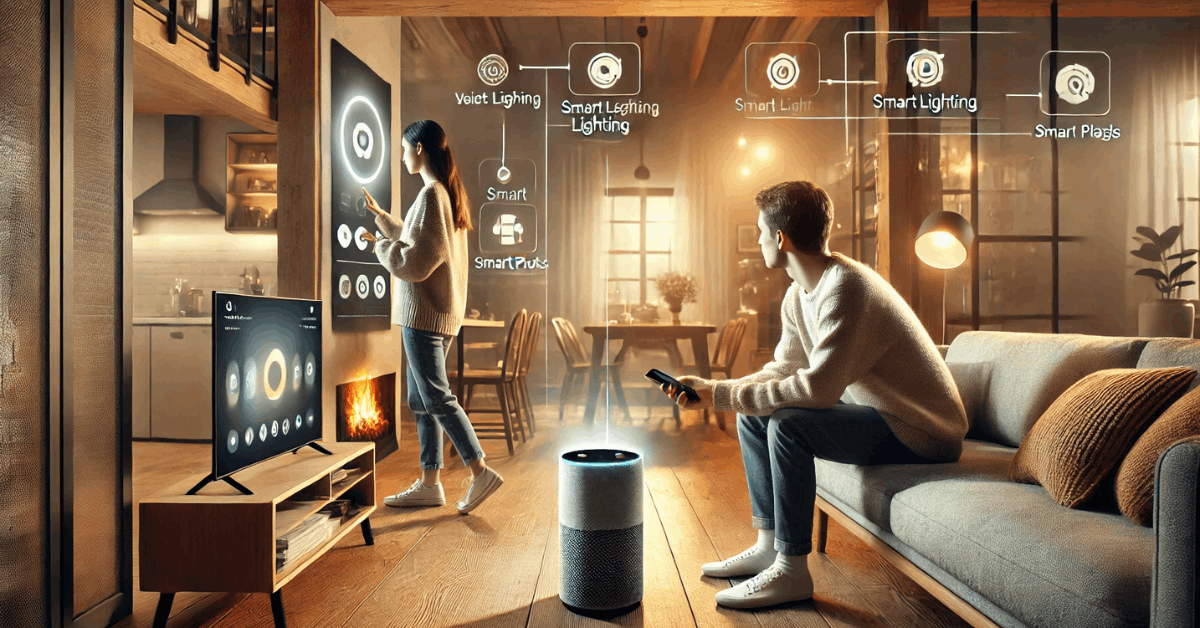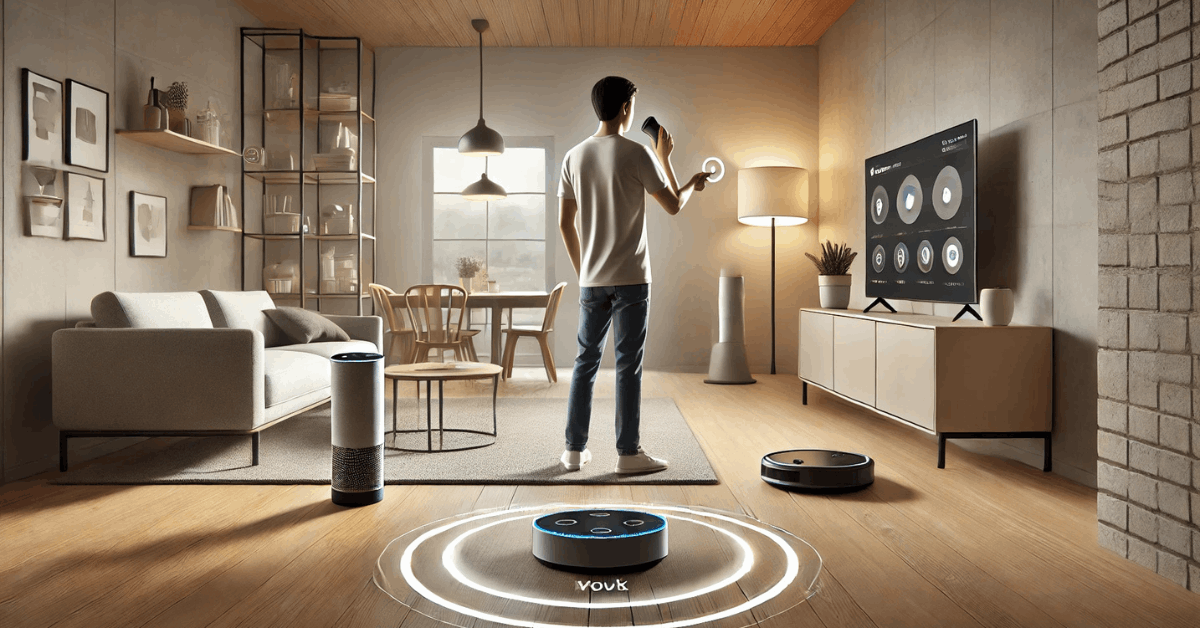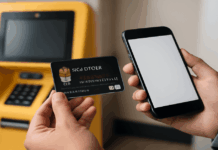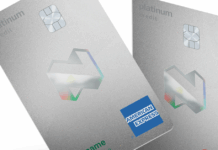Smart home technology is transforming how you manage your daily life. These 10 ways smart home technology improves life show how deeply it's changing modern routines.
The benefits are real, from automating tasks to enhancing security. Smart tech keeps you connected and in control, whether at home or away.
What Is Smart Home Technology?
Smart home technology uses connected devices to automate and manage household functions.
It helps you control lighting, climate, appliances, and security through apps or voice commands. These systems improve comfort, safety, and energy use.
You can monitor your home remotely and respond in real time. Devices often work together to simplify routines. This tech is changing how you manage your home every day.

Top 10 Ways Smart Home Technology Is Changing Our Lives
The following ten areas highlight how this shift is influencing modern lifestyles. Each section shows how intelligent home technology improves comfort, safety, or efficiency.
1. Smarter Energy Management
Energy efficiency is one of the most noticeable benefits of smart homes. Devices like smart thermostats and lighting systems reduce waste and optimize consumption. Real-time tracking also teaches better energy habits.
Smart thermostats learn your habits and adjust temperatures to save energy. Smart lights turn off when rooms are empty and adjust based on natural light. These tools lower utility bills while helping the environment.
2. Enhanced Home Security
Innovative technology strengthens home protection with simple tools. Cameras, motion detectors, and alarms now sync directly with your phone. This reduces the risk of theft or unwanted access.
Smart locks let you control entry remotely. Doorbell cameras let you see who is at your door in real-time. Motion alerts notify you instantly if there’s suspicious activity.
3. Remote Access to Everything
Connected homes allow remote control of appliances, lighting, and temperature. You stay connected no matter where you are. Remote access gives you full control over your environment.
Forgot to turn off the lights? You can do it from your phone. Adjust the thermostat before you arrive home. Check security cameras while on vacation.
4. Automated Daily Routines
Connected devices create consistent routines with little effort. You can schedule appliances and systems to operate automatically. These routines enhance comfort and help you cut down on repetitive manual tasks.
Wake up with lights and music already on. Have your coffee brewing before you get out of bed. Set devices to turn off at night automatically.
5. Health Monitoring and Air Quality
Indoor air quality has a big effect on health. Smart monitors and purifiers help manage it more easily. These devices support respiratory health and comfort.
Air quality sensors detect pollutants and humidity levels. Smart purifiers clean the air automatically when needed. Alerts inform you when the air becomes unhealthy.
6. Support for Aging in Place
Connected living tools support seniors who want to live independently. They provide safety, reminders, and easier communication. This tech improves quality of life and peace of mind.
Voice assistants allow hands-free control of devices. Motion sensors detect falls or inactivity. Medication reminders help with daily routines.
7. Simplified Home Entertainment
Managing entertainment is easier with smart systems. You can control everything from a single app or voice assistant. No need for multiple remotes anymore.
Stream music in any room with smart speakers. Use your phone to switch channels or control volume. Group devices together for synchronized audio.
8. Better Home Insurance Options
Smart homes may lower your insurance costs. Insurers reward proactive protection with discounts. The more protection you have, the more you could save.
Leak sensors and fire alarms reduce risk and damage. Security systems deter break-ins and help with faster claims. Some companies offer direct partnerships with smart device brands.
9. Smart Kitchens and Appliances
Modern appliances are becoming more intelligent and responsive. They help save time and reduce waste. These devices create a more efficient kitchen experience.
Smart fridges track expiration dates and suggest recipes. Ovens can preheat or turn off remotely. Coffee machines start with voice commands.
10. Real-Time Alerts for Maintenance Issues
Minor issues can turn into big problems if ignored. Smart sensors can help you act before that happens. These alerts prevent damage and save money.
Water leak detectors notify you immediately. Electrical monitoring tools warn about unusual spikes. Bright smoke and CO detectors send alerts directly to your phone.
Integration Platforms to Know
Choosing the right platform helps everything work together. Some systems offer more compatibility and user control.
Integration keeps your connected devices running smoothly without added complexity.
Google Home, Amazon Alexa, and Apple HomeKit are leading options. Each one has its own strengths and limitations. Before choosing, consider what devices you already own.

Data Privacy and Security
Connected devices collect and transmit data constantly. This creates a need for users to take active steps in protecting their digital environment.
- Use strong passwords and change them regularly for all connected devices to reduce the risk of unauthorized access.
- Enable two-factor authentication whenever possible to provide a second layer of defense against potential breaches.
- Be mindful of each device’s permissions, and make it a habit to review what data is being accessed and why.
- Keep all firmware and apps updated to ensure security patches are applied and vulnerabilities are addressed quickly.
- Consider using a separate network or guest Wi-Fi specifically for smart home devices to minimize exposure of your main network.
Protecting your home’s data is as essential as securing its doors.
Affordability and Entry Points
Connected homes don't have to break the bank. You can start small and gradually expand without spending much upfront.
- Start with smart plugs or LED bulbs, which are affordable and simple to install even if you're not tech-savvy.
- Add a voice assistant like Google Nest or Alexa to control multiple devices hands-free and simplify your routine.
- Upgrade to smart security systems or thermostats when you're ready for more advanced home automation.
- Choose devices that support automation and are widely compatible with your chosen smart home platform.
- Look for seasonal deals, discounts, or bundled kits to save more while expanding your setup.
These steps make it easier to get started while staying within budget.
Final Words: Embracing the Smart Home Era
Smart home technology is shaping the future of how we live. It makes homes safer, more efficient, and easier to manage. Even simple upgrades have a big impact on comfort and control.
Start with what matters most to you and build from there.






